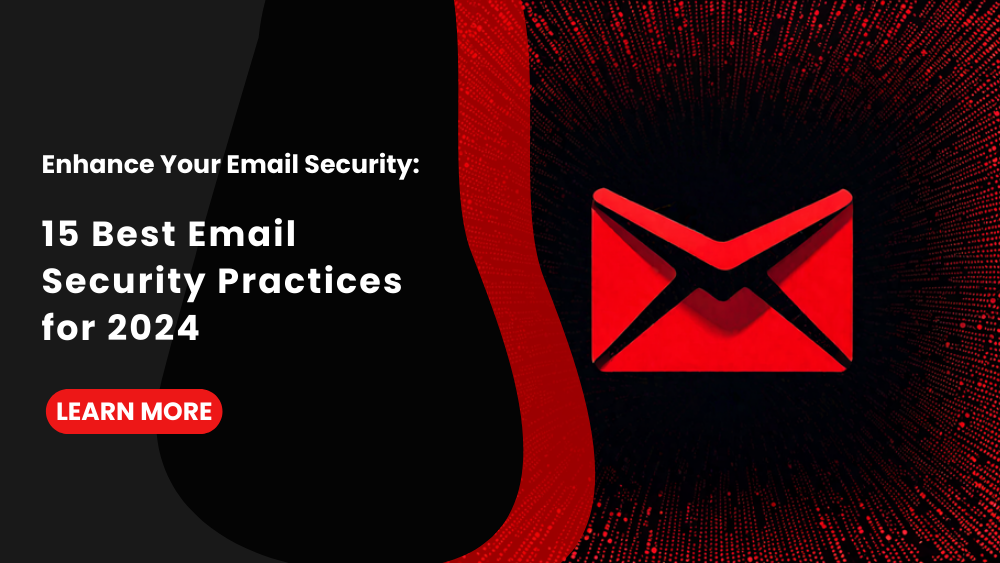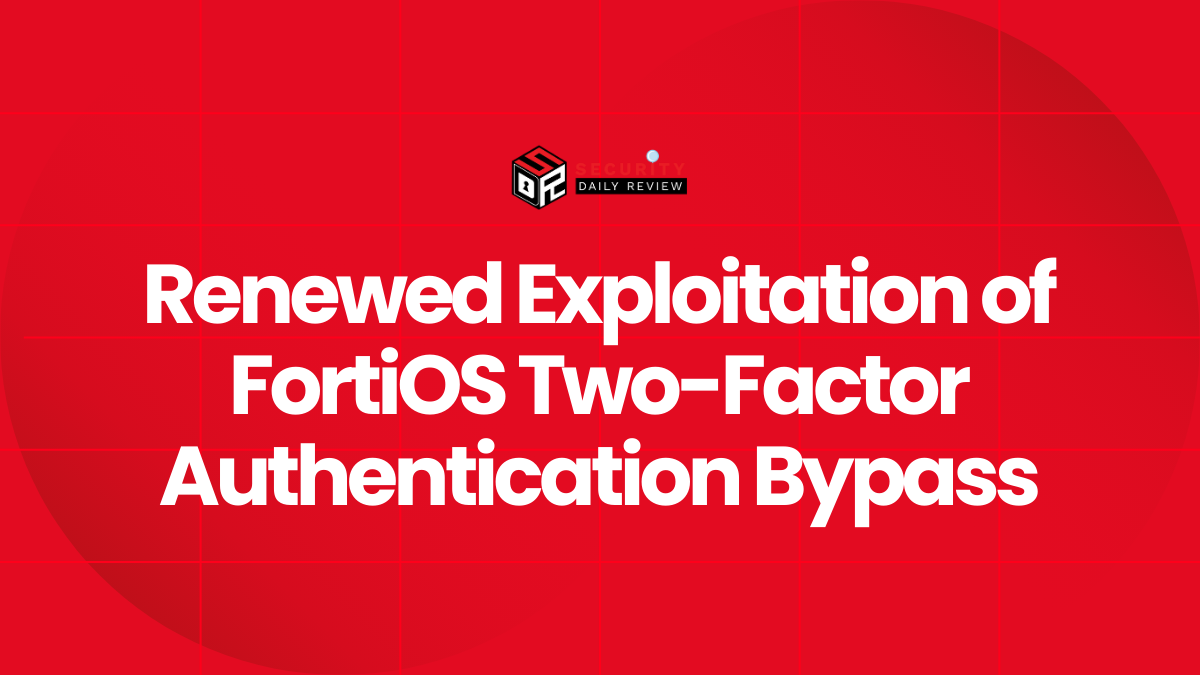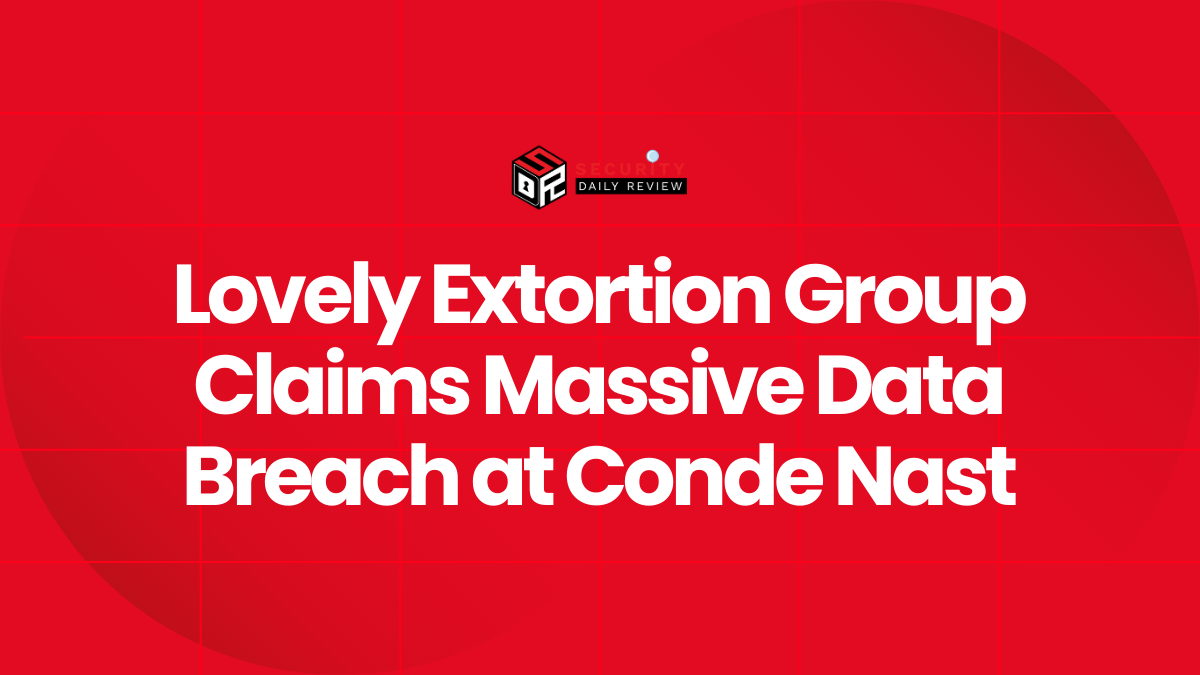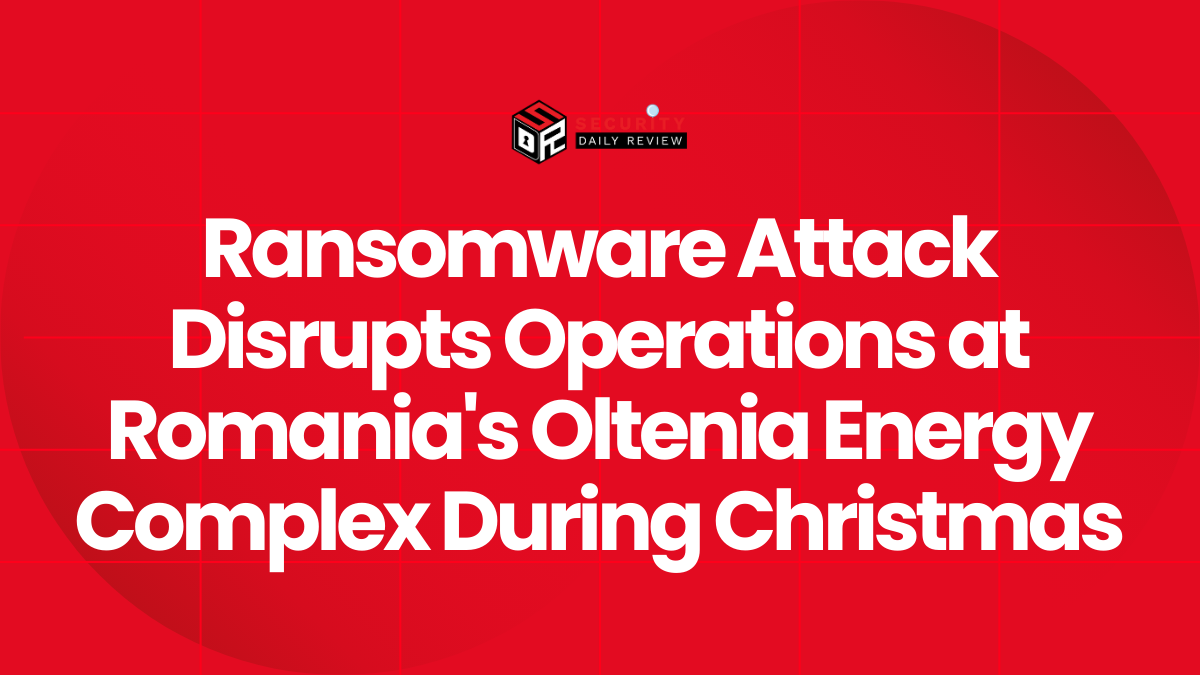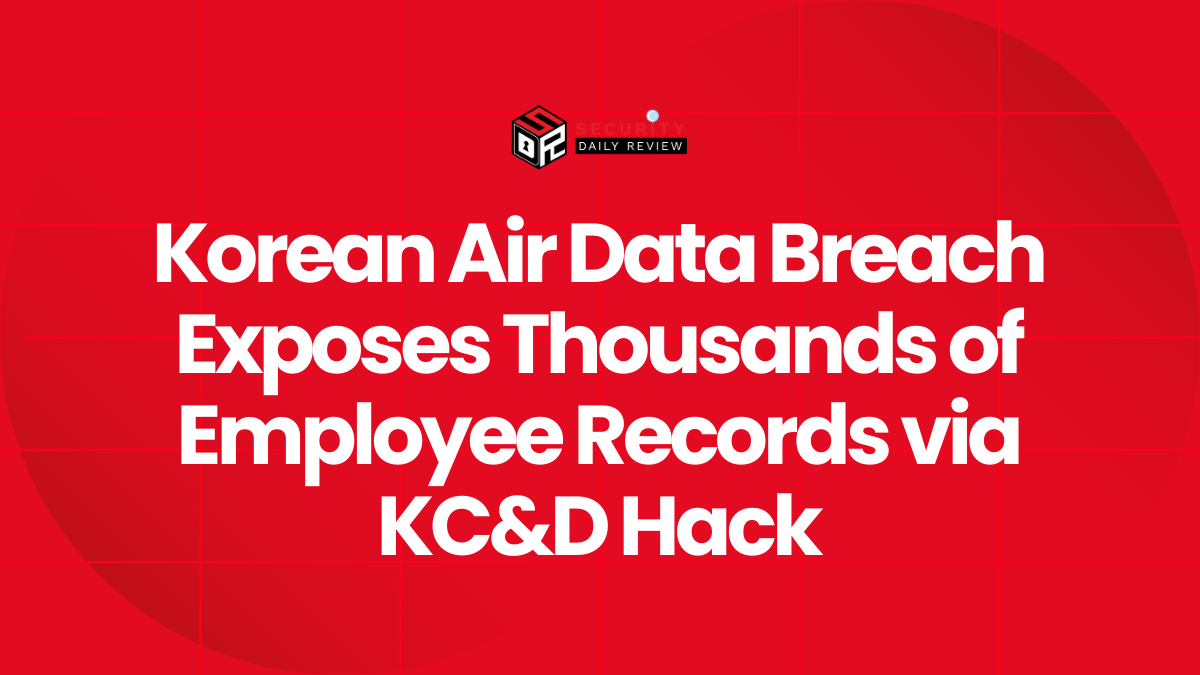Securing emails is crucial for enterprises due to various compelling reasons, which is why they need robust email security. Given that emails serve as a primary mode of communication both within and beyond an organization, enterprise businesses can easily become prime targets for cyber threats.
The unauthorized intrusion into corporate email accounts poses a significant risk, potentially leading to data breaches that expose sensitive information, including financial data, customer particulars, and intellectual property. Such breaches can inflict severe financial losses, tarnish reputation, and trigger legal repercussions, undermining customer trust and stakeholder confidence. Implementing best practices for email security is a proactive measure to mitigate these risks.
As each enterprise tailors its endpoint security strategy, prioritizing email security for business is imperative. In this context, Security Daily Review delves into 15 email security best practices that warrant consideration within your enterprise’s existing cybersecurity strategy.
Why Enterprises Need Email Security?
Exploring email safety best practices and understanding what is email security become essential components in fortifying your organization’s defenses against cyber threats.
Moreover, it’s crucial to comprehend how to secure your email effectively. Addressing how to secure emails involves incorporating robust email security features and leveraging an email security gateway to enhance the overall cybersecurity posture.
These proactive measures not only shield against external threats but also guard against potential insider risks, where disgruntled or negligent employees may deliberately or inadvertently disclose confidential information.
In summary, ensuring business email security is a multifaceted endeavor that requires a comprehensive approach encompassing best practices for email security, and strategic measures on how to protect emails.
15 Email Security Best Practices to Consider
1. Strong Password Policies:
- Encourage the use of unique, complex passwords with a mix of uppercase and lowercase letters, numbers, and special characters.
- Implement regular password updates to enhance email security.
2. Multi-Factor Authentication (MFA):
- Make MFA mandatory for all email accounts to add an extra layer of security.
- Require users to provide additional verification, such as a one-time code sent to their mobile device, along with their password.
3. Encryption:
- Utilize end-to-end encryption for email communication to keep content unreadable to unauthorized parties.
- Consider tools like Pretty Good Privacy (PGP) or Secure/Multipurpose Internet Mail Extensions (S/MIME) for robust email security.
4. Secure Email Gateways (SEG):
- Deploy a secure email gateway to filter and scan inbound and outbound emails for malware, spam, and phishing threats.
- Enhance email security features by blocking suspicious emails and attachments before reaching users’ inboxes.
5. Employee Training and Awareness:
- Conduct regular training sessions on email safety best practices to educate employees about email security risks.
- Teach employees to identify phishing attempts, suspicious links, and potentially harmful attachments.
6. Email Authentication Protocols:
- Implement authentication protocols like Sender Policy Framework (SPF), DomainKeys Identified Mail (DKIM), and DMARC to prevent email spoofing and phishing attacks.
- Reinforce best practices for email security through robust authentication measures.
7. Email Archiving:
- Set up email archiving to retain copies of all emails for compliance purposes and investigations in case of security incidents.
- Include email archiving as a crucial element in email security for business.
8. Secure Email Communication Policies:
- Establish policies for sharing sensitive information via email.
- Encourage secure file transfer methods for transmitting confidential data, aligning with best practices for email security.
9. Monitoring and Incident Response:
- Implement email monitoring systems for early detection and response to suspicious activities.
- Have an incident response plan in place to handle email security breaches effectively.
10. Regular Software Updates:
- Keep email servers, clients, and security software updated with the latest patches for protection against known vulnerabilities.
- Regularly update and maintain the email infrastructure to enhance overall cybersecurity.
11. Restrict Attachments:
- Limit the types of attachments sent or received through emails.
- Block potentially dangerous file extensions like .exe or .zip to strengthen email security.
12. Phishing Simulation Exercises:
- Conduct simulated phishing exercises to assess employees’ susceptibility to phishing attacks.
- Provide additional training based on the results to reinforce email security.
13. Mobile Device Management (MDM):
- Implement MDM solutions for employees accessing email on mobile devices.
- Enforce email security policies such as device encryption and remote wiping capabilities to secure mobile access to emails.
14. Email Account Management:
- Regularly review and audit email accounts to ensure only active and authorized users have access.
- Remove access for employees who no longer require it, and integrate email security best practices as a crucial part of your email security policy.
15. Data Loss Prevention (DLP):
- Implement DLP solutions to prevent accidental leakage or sharing of sensitive data via email.
Conclusion
In the dynamic digital landscape where cyber threats continually evolve, recognizing the significance of how to secure emails becomes pivotal. Prioritizing email security for business is essential in upholding the overall reputation and competitiveness of an enterprise.
Implementing best practices for email security safeguards against data breaches and also reinforces the organization’s resilience against evolving cyber threats. This, in turn, equips the enterprise to withstand sophisticated attacks and minimize the impact of any successful breach.
These email security best practices serve as a fundamental pillar of an enterprise’s cybersecurity strategy, offering a proactive defense against potential risks. They ensure that businesses remain vigilant and adaptive in countering emerging threats, reinforcing their position in the ever-changing digital realm.

